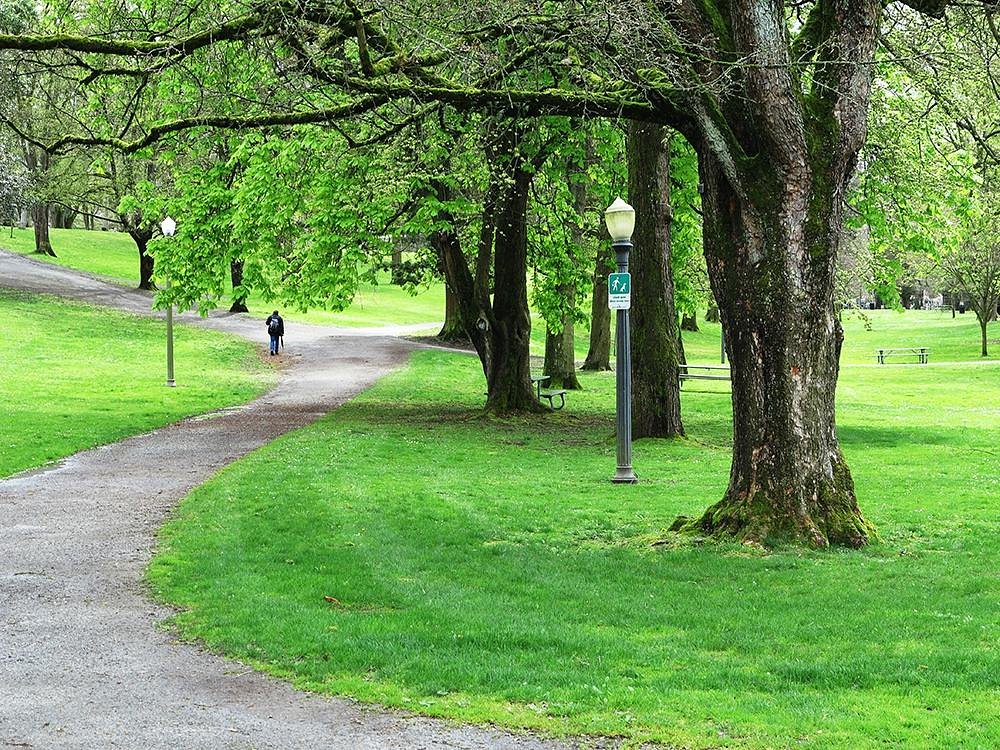

Nestled in the heart of the City of Pines, Wright Park stands as one of the historical and recreational landmarks in Baguio, Philippines. Named after Governor-General Luke E. Wright, the park epitomizes the American colonial influence on the country, and has been a focal point for tourists since the early 20th century.
Baguio City itself was designed by the American architect and urban planner, Daniel Burnham, at the turn of the 19th century. Wright Park was included in this urban plan and has been part of Baguio's tourism landscape from the beginning. The park, with its iconic Rectangular Pond and the famous "Pool of Pines," has been a favorite spot for both local and foreign tourists seeking respite from the tropical heat of the lowlands.
The park flourished as a tourist attraction as Baguio City grew to become the Summer Capital of the Philippines. Accessibility improved with the construction of the Kennon Road, further boosting tourism in the city and consequently at Wright Park. Over the years, Wright Park has maintained its charm with the tall pine trees, lush flora, and its serene atmosphere, which are a draw for visitors seeking tranquility and contact with nature.
Beyond its natural beauty, Wright Park also serves as a cultural touchstone. The park is adjacent to The Mansion, the official summer residence of the President of the Philippines, adding a dimension of prestige and history. Furthermore, the park is a place where visitors can experience the rich culture of the indigenous Igorot people, who often showcase their traditional clothing and sell local crafts to tourists.
In recent years, Wright Park has seen shifts in tourism trends. There has been an emphasis on sustainable and eco-friendly travel experiences, with the park's administration implementing initiatives to preserve its natural landscapes. The younger generation of travelers is attracted by digital experiences and therefore, Wi-Fi spots have been introduced in the park, and the local government promotes it through social media.
Unlike in the past when horseback riding was the main activity, nowadays, visitors are also drawn by the opportunity to take part in photo-walks and picnics while appreciating the beauty of Baguio's pine trees. The panagbenga or the Baguio Flower Festival also significantly influences the influx of tourists, with Wright Park being one of the venues for festival-related activities, attracting tourists to witness the grandiose floats and street dancing events.
Wright Park remains a symbol of Baguio's rich history and evolving tourism landscape. Its ability to maintain its historical significance while adapting to modern tourism trends is a testament to its enduring charm. Whether seeking heritage, culture, or natural beauty, Wright Park offers a timeless escape into the heart of the Philippines' highlands.